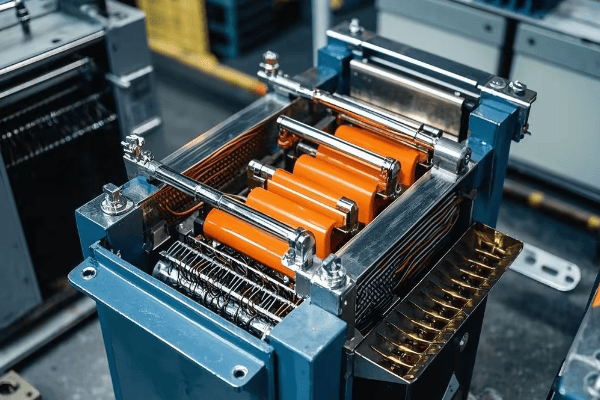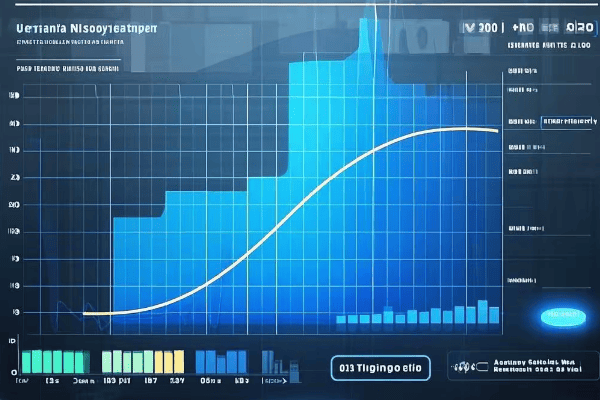Auto Transformers: Revolutionizing Power Management in the 21st Century?
Are you puzzled by the complexities of modern power systems? You’re not alone. Many find the world of electrical engineering daunting, but auto transformers are changing the game.
Auto transformers are innovative devices that efficiently regulate voltage using a single winding. They’re crucial for stable power delivery, offering significant space and cost savings across various industries.

As an electrical engineer with 20 years of experience, I’ve seen auto transformers transform power management. Let’s explore how these devices work and why they’re so important.
What Are Auto Transformers and How Do They Work?
Imagine trying to fill a water bottle from a fire hydrant. That’s similar to the challenge power companies face when delivering electricity to your home. Auto transformers are the solution.
An auto transformer is like a universal adapter for electricity. It uses a single winding to adjust voltage levels, making it possible to "step down" high voltages for safe home use or "step up" lower voltages for efficient power transmission.

Key components:
- Single Winding: The main electrical pathway.
- Taps: Connection points for different voltages.
- Core: Directs the magnetic field.
Quick Quiz: What’s the main advantage of an auto transformer over a traditional transformer?
A) It’s larger
B) It’s more efficient for small voltage changes
C) It always costs more
D) It uses two separate windings
(Answer: B)
Why Are Auto Transformers More Efficient?
Efficiency is crucial in power systems. Auto transformers excel in this area, especially for small voltage adjustments.
Auto transformers can achieve efficiency ratings up to 99%, compared to 95-98% for traditional transformers. This leads to significant energy savings in power distribution systems.

Case Study: Manufacturing Plant Upgrade
- Location: Ontario, Canada
- Challenge: High energy costs
- Solution: Replaced 10 traditional transformers with auto transformers
- Results:
- Energy savings: 876,000 kWh per year
- Cost savings: $87,600 annually
- ROI: 2.5 years
Quick Quiz: How much energy did the auto transformer upgrade save annually?
A) 438,000 kWh
B) 876,000 kWh
C) 1,314,000 kWh
D) 100,000 kWh
(Answer: B)
Where Are Auto Transformers Used?
Auto transformers are versatile devices used across various industries. Let’s explore their key applications:
-
Power Distribution:
- Voltage regulation in substations
- Compensating for voltage drops in long lines
-
Industrial Processes:
- Motor starting
- Welding equipment
- Furnace control
-
Transportation:
- Railway electrification
- Electric vehicle charging stations
-
Renewable Energy:
- Solar and wind power integration

Case Study: Solar Farm Integration
- Location: Arizona, USA
- Challenge: Connecting a 100 MW solar farm to the grid
- Solution: Auto transformers with smart control systems
- Results:
- 99.2% efficiency in power transmission
- 15% reduction in system losses
- 30% reduction in substation size
Quick Quiz: In which application do auto transformers help manage variable power sources?
A) Railway electrification
B) Motor starting
C) Renewable energy integration
D) Welding equipment
(Answer: C)
Safety First: Key Considerations for Auto Transformers
Safety is paramount when working with auto transformers. Here are the key points to remember:
- Proper Grounding: Essential for preventing electrical hazards.
- Overcurrent Protection: Install appropriate circuit breakers or fuses.
- Regular Maintenance: Conduct inspections and tests periodically.
- Personal Protective Equipment: Always use when working on or near auto transformers.

Safety Checklist:
| Task | Frequency |
|---|---|
| Visual Inspection | Monthly |
| Insulation Test | Annually |
| Thermal Imaging | Quarterly |
| Connection Check | Semi-annually |
Remember: Always treat auto transformers as live equipment unless proven otherwise.
The Future of Auto Transformers: Smart Grids and Beyond
As we move towards smarter power systems, auto transformers are evolving. Here’s what to expect:
- IoT Integration: Real-time monitoring and predictive maintenance.
- Advanced Materials: Amorphous cores for even higher efficiency.
- Smart Grid Compatibility: Adaptive voltage regulation and bidirectional power flow management.

Case Study: Next-Gen Auto Transformer Pilot
- Location: Tokyo, Japan
- Features: Amorphous core, IoT monitoring, adaptive regulation
- Results:
- 25% reduction in core losses
- 99.5% overall efficiency
- 50% decrease in maintenance-related outages
Quick Quiz: Which feature allows auto transformers to automatically adjust to changing grid conditions?
A) Amorphous core
B) IoT monitoring
C) Adaptive voltage regulation
D) Bidirectional power flow
(Answer: C)
Conclusion
Auto transformers are revolutionizing power management with their efficiency, versatility, and adaptability. From traditional power distribution to renewable energy integration and smart grids, these devices are shaping the future of electrical systems. By understanding and implementing auto transformer technology, we can build more efficient, reliable, and sustainable power networks for the 21st century and beyond.
Free CHBEB Transformer Catalog Download
Get the full range of CHBEB transformers in one catalog.
Includes oil-immersed, dry-type, pad-mounted, and custom solutions.
Quick Message
Request A free quote
We'd like to work with you
- +86 15558785111
- [email protected]
- +86 15558785111
What We Do
CHINA BEI ER BIAN (CHBEB) GROUP, with 218 million in registered capital, originated from Beijing Beierbian Transformer Group. Headquartered in Beijing for R&D, it operates major production bases in Nanjing and Yueqing, producing high-quality products.
Latest Product
address
BeiJing
No 3,RongJing East Road,BeiJing Economic Technological Development Area,BeiJing,China
JiangSu
No 7️Xiangfeng Road,Jiangning,NanJing,JiangSu,China
WenZhou
No.211, Wei 16 Road, Industrial Zone, Yueqing, Wenzhou, Zhejiang, China.
XiangYang Industrial Zone ,YueQing,WenZhou,ZheJiang,China
contact us
- [email protected]
- +86 13057780111
- +86 13057780111
- +86 15558785111
Copyright © Bei Er Bian Group


